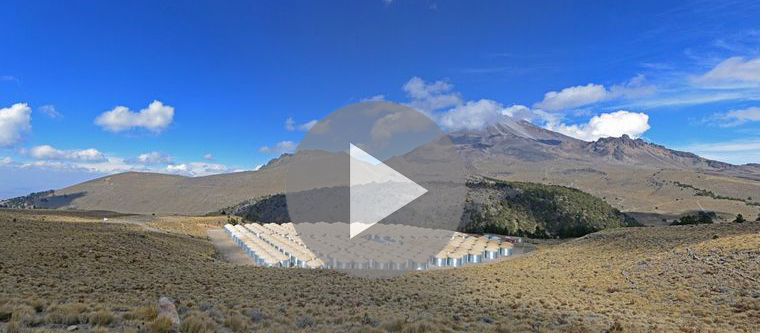UMD Researchers Continue Search for New Particles, including Dark Matter Particle, with Large Hadron Collider's Second Run
- Details
- Published: Friday, June 05 2015 10:18
The Large Hadron Collider (LHC) started delivering physics data for the first time in 27 months. After an almost two year shutdown and several months re-commissioning, the LHC is now providing collisions to all of its experiments at the unprecedented energy of 13 TeV. This marks the start of season 2 at the LHC, opening the way to new discoveries. The LHC will now run round the clock for the next three years.

